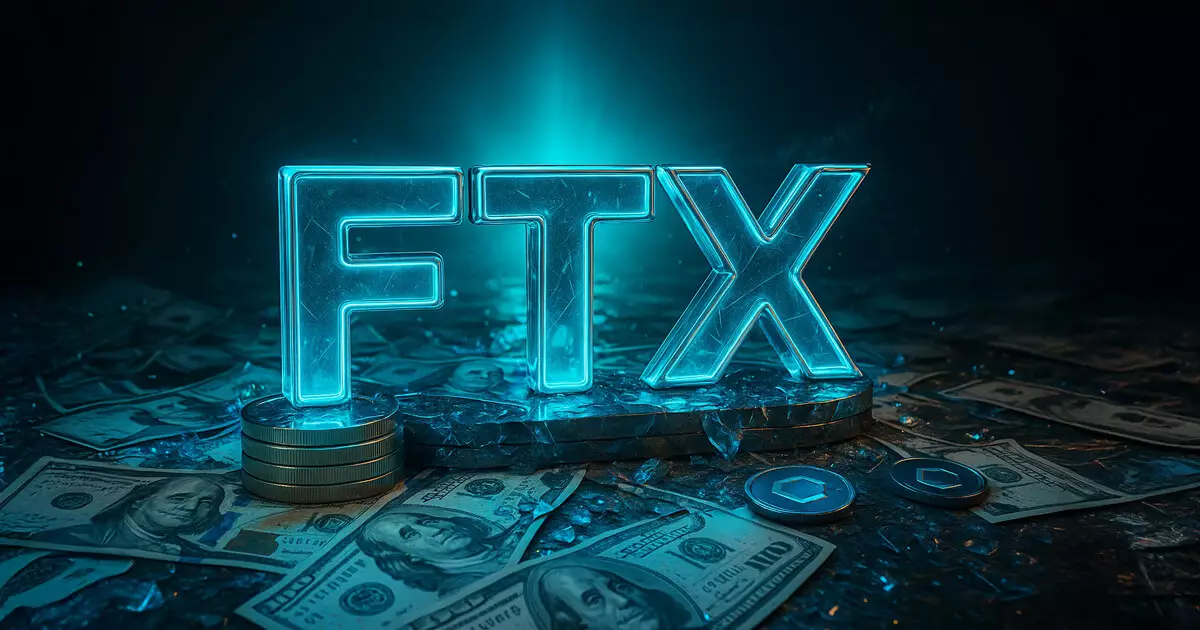As we dive deeper into the complexities surrounding the cryptocurrency market, the implications of the $5 billion repayment initiated by the FTX Recovery Trust can’t be overstated. Scheduled to start on May 30, this monumental repayment round is significant not only for its sheer scale but also for its potential to inject fresh liquidity into a market that has been struggling with volatility and uncertainty. Unlike previous disbursements, which traded cash and crypto, this repayment is predominantly in stablecoins, a strategic decision aimed at providing recipients with not just liquidity, but stability in a turbulent financial landscape.
Distribution Strategy: A Divided Path for Creditors
This repayment program reflects an understanding of the diverse landscape of claimants, with institutional lenders, U.S. customers, and unsecured creditors all slated to receive varying recovery rates. Figures reveal that institutional creditors will recover a commendable 72%, while U.S. customers will receive just 54%, a substantial gap that raises questions about fairness and equity. Interestingly, the so-called “convenience claims” under $50,000 peek with an eye-popping 120% recovery, which may appear generous but could also invite scrutiny over the prioritization of larger claims. The dynamics here indicate a not-so-subtle class system among creditors, which could lead to future tensions should the recovery process face further complications.
The Timing and Structure: Is This an Opportunity or a Trap?
Analyzing the timing of this distribution, one must wonder if it reflects genuine optimism or desperation masked as strategic foresight. After all, the previous repayment round saw dismal performance with the COIN50 index collapsing 16% partly due to the prevailing macroeconomic headwinds. However, current market sentiment appears to show signs of life, with Bitcoin recently hitting all-time highs and rising institutional interest. Yet, one cannot shake the feeling that this is more of a last resort for a beleaguered market than a true resurgence. Could this influx of stablecoins lead to a speculative bubble rather than sustainable growth?
The Role of Regulatory Clarity: Potential in Chaos
In an unexpected twist, the movement towards regulatory clarity by U.S. lawmakers may act as a catalyst for reinvestment. If this stablecoin repayment injects liquidity, it comes at an ideal moment when clarity around regulations could influence capital allocations significantly. But are we really in the dawn of a new age for cryptocurrencies, or is this yet another mirage in a desert of mismanagement and speculative bubbles? The potential for institutional players to quickly redeploy these funds might lead to a short-term surge in asset flows, yet risks remain high. The aftermath of a lingering regulatory vacuum could overshadow any positive impact this infusion of liquidity might have.
This complex and intricate financial tapestry surrounding FTX and its recovery process reflects not only the potential for revitalization in the crypto markets but also a precarious balancing act that investors will need to navigate carefully. The multibillion-dollar question now looms: Is this the dawn of a new era for cryptocurrencies or just another blip in a troubled history?















Leave a Reply